France Safran Installs Three Lithoz Ceramic 3D Printers, Successfully Overcoming Next-Generation Aeroengine Turbine Blade Manufacturing Challenges
Introduction: Turbine blades are the core components of aircraft engines. The next generation of turbine blades needs to withstand temperatures as high as 2000°C, requiring higher cooling rates during the casting process. To manufacture the turbine blades for the next generation of engines, Safran has undergone years of research and development, utilizing ceramic 3D printing technology from Lithoz to produce highly complex ceramic cores for casting turbine blades. This effort has achieved significant breakthroughs and has now entered the mass production stage.
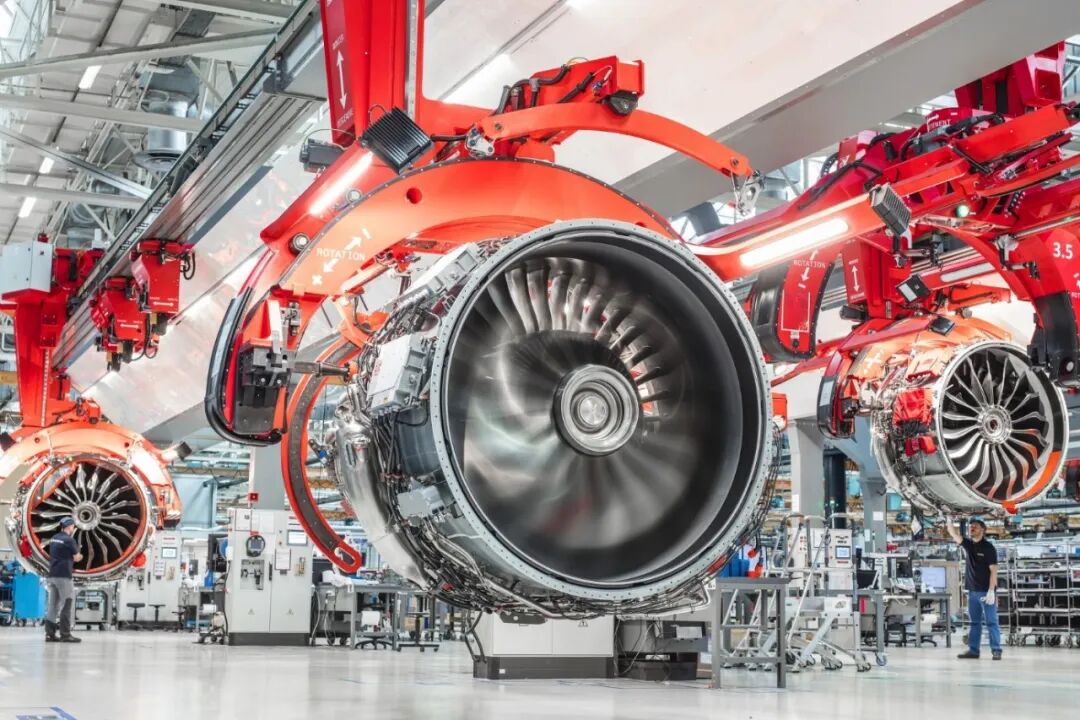
△Aerospace engine, image source: Safran Aircraft Engines
Safran Aircraft Engines has purchased three CeraFab System S65 printers from Lithoz for the mass production of casting parts for the next generation of aircraft engines.
These CeraFab printers have been installed at Safran Aircraft Engines' site near Paris.
●Litao ZhiThe ultra-precision light curing molding (LCM) printer, as the core technology, can realize the industrial production of highly complex casting cores, which can meet the cooling needs of the next generation of aircraft engines.
On October 8, 2025, it was reported by Nanjixiong that Lithoz, a global leader in high-precision ceramic 3D printing, announced the installation of three CeraFab System S65 printers at Safran Aircraft Engines' factory in Gennevilliers, near Paris. This investment will enable the French engine manufacturer to achieve industrial-scale mass production of complex cast ceramic cores, meeting the efficient cooling needs of turbine blades for the new generation of aircraft engines.
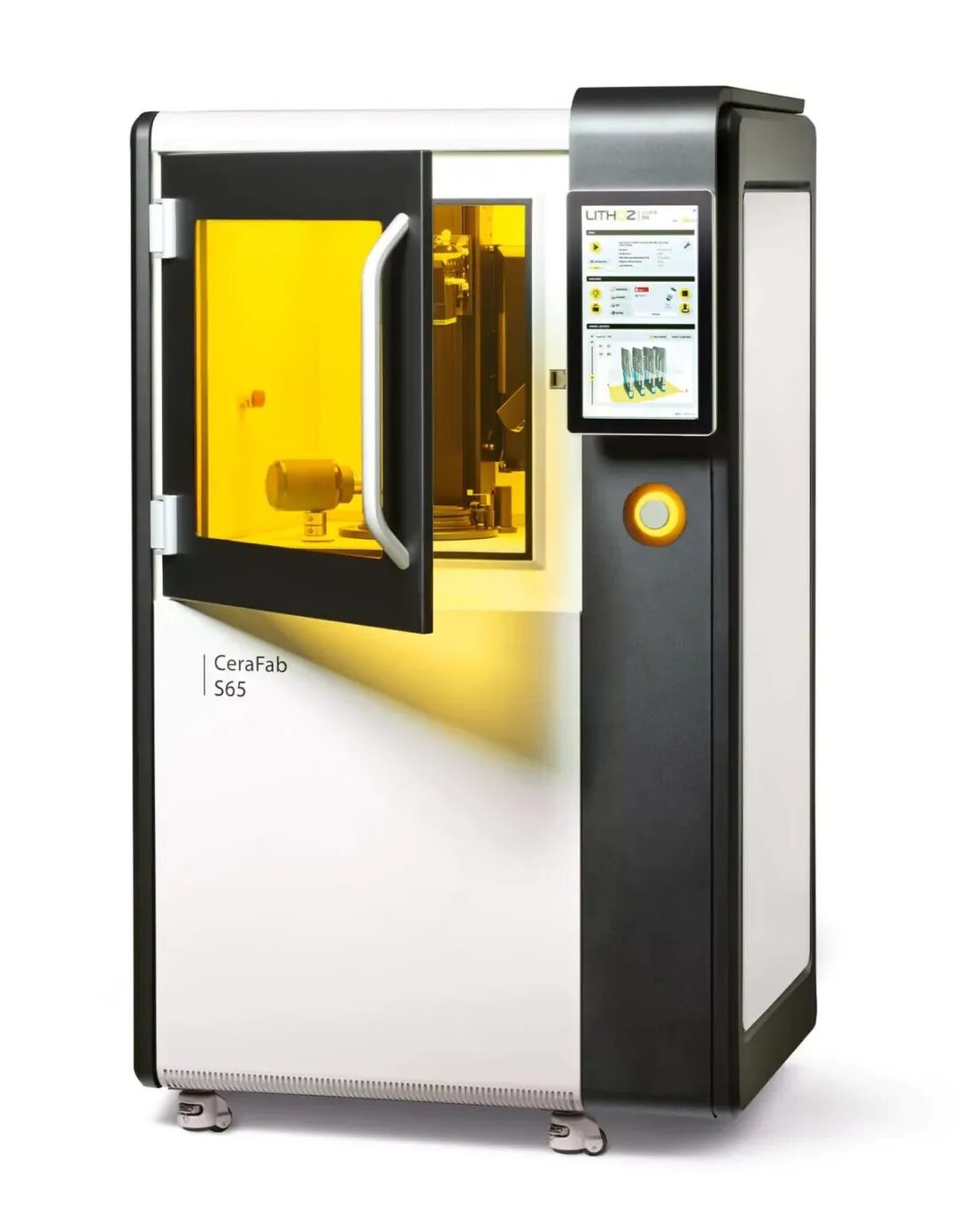
△CeraFab System S65 printer, image source: Lithoz
Lithoz's ultra-high precision ceramic manufacturing (LCM) process based on lithography technology prints by selectively curing photosensitive resin containing uniformly dispersed ceramic particles. Combined with a ceramic material formula developed over several years in collaboration with Safran Group, it can 3D print ceramic parts with high precision, intricate details, specific density, and strength. This has resulted in a stable, repeatable, and scalable solution for manufacturing turbine blades. This marks a breakthrough application of Lithoz's LCM ceramic 3D printing technology in the aerospace field.
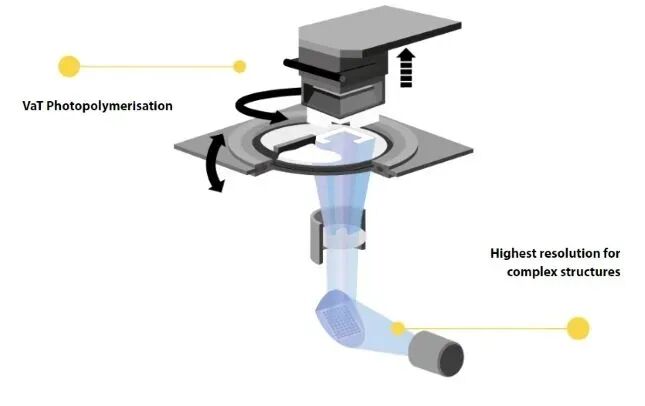
△ LCM technology principle diagram, source: Litouch Intelligence
Improving the inlet temperature of high-pressure turbines is crucial for the development of the next generation of engines, which means that related components must be able to withstand higher operating temperatures. This goal is achieved by employing more complex cooling channels during the casting process of the turbine blades. LCM technology from Litai Intelligent, with its advantages in operational efficiency and resource utilization, has achieved a level of processing for complex structures of cast ceramic cores that traditional ceramic manufacturing processes cannot reach.

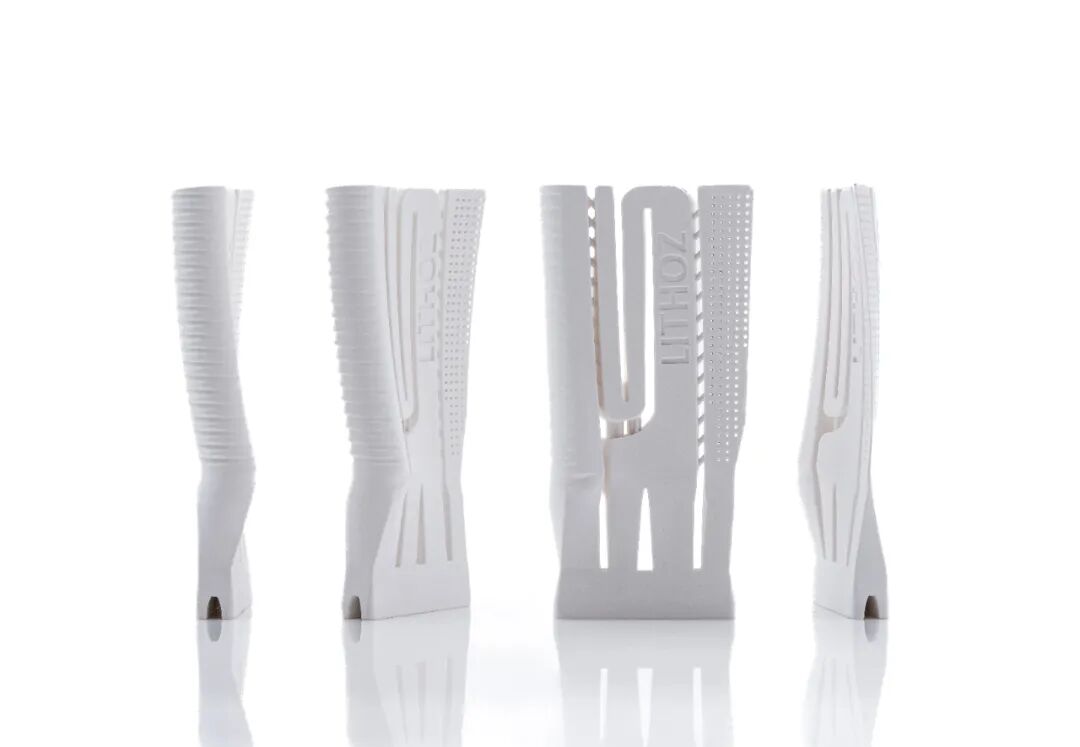
3D printing ceramic cores, image source: Litai Intelligence
According to reports, Safran Aircraft Engines has chosenCeraFab System S65 equipmentThe main reasons are its excellent performance and short production cycle. The ergonomic design and software functionalities of the equipment meet production needs and fulfill the traceability requirements of the aerospace manufacturing industry. Additionally, the superb technical expertise and rapid response capability of the LitaoZhi team are crucial guarantees for ensuring the project progresses according to the initial timeline and achieves complete success.
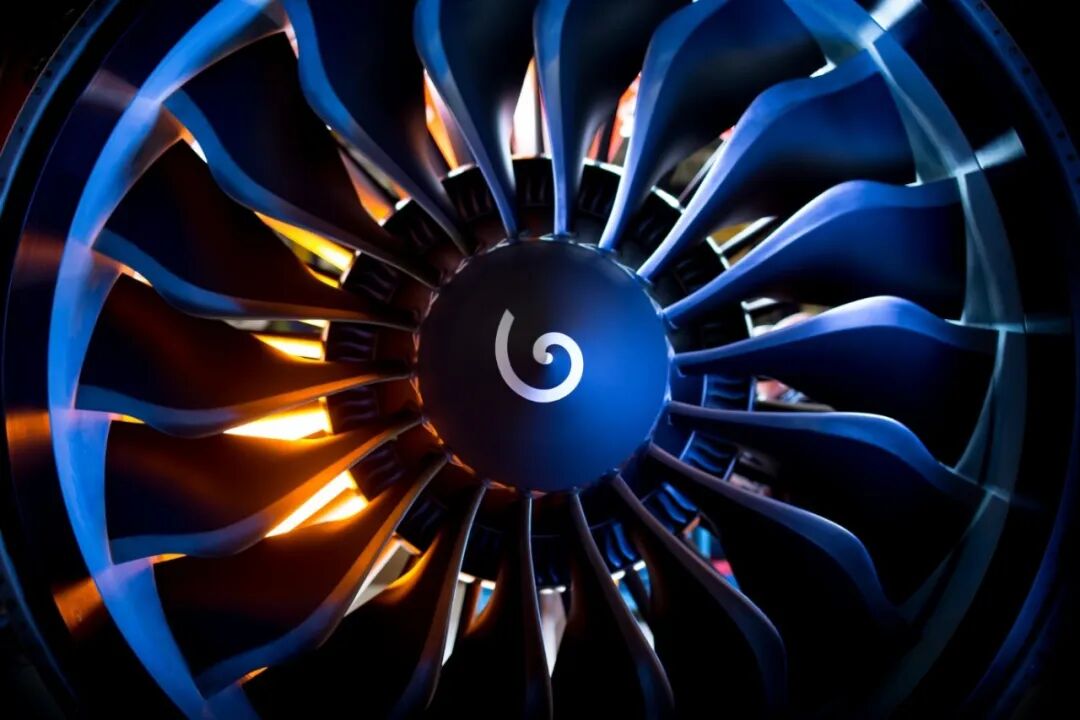
Aeroengine turbine bladesImage source: Safran Aircraft Engines
Dr. Johannes Homa, CEO of Lithoz, stated: "The installation of these three CeraFab S65 printers is a true milestone for Lithoz and the entire aerospace industry. As Safran Aircraft Engines continues to advance the series additive manufacturing process of ceramic cores, Lithoz will remain firmly committed to providing continuous support for this important project."
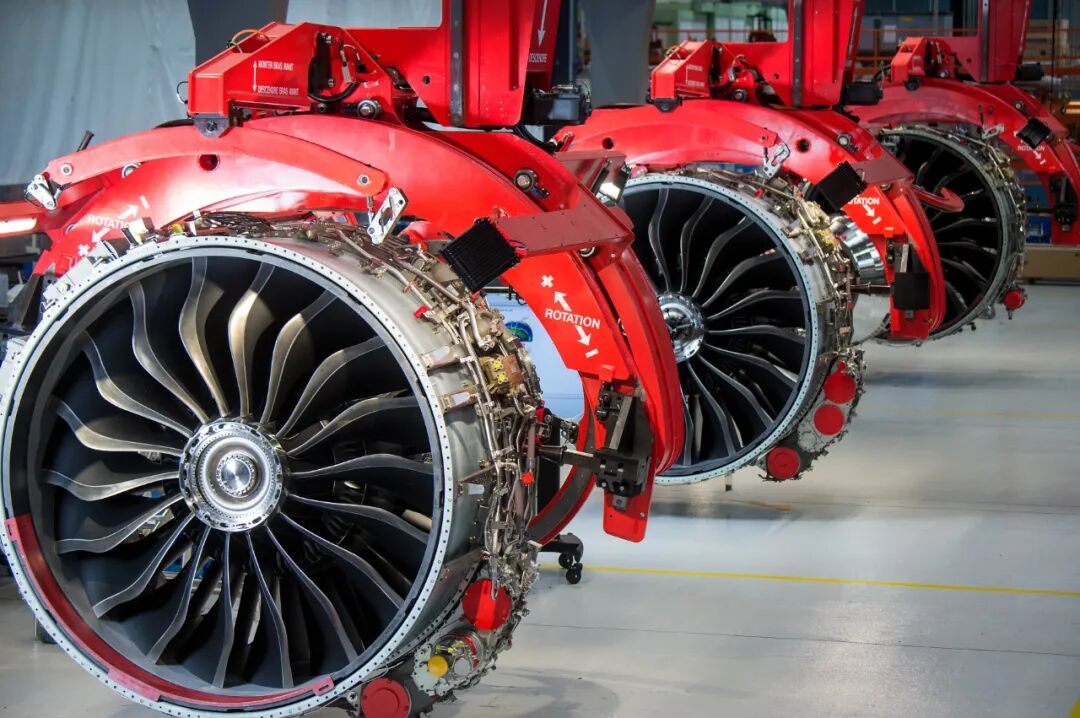
△Aeroengine, source: Safran Aircraft Engines
In November 2024, Antarctic Bear visited the production factory of Litouzhi's ceramic 3D printing equipment in Austria. Litouzhi's extreme pursuit of technology, professional assurance of product quality, deep cooperation with customers, and unique insights into industrial applications left a deep impression on Antarctic Bear.Safran Aircraft Engines collaboratesLitao ZhiThe successful breakthrough in the manufacturing technology of next-generation aircraft engine turbine blades will open up new opportunities for the mass application of ceramic 3D printing technology in the aviation field and will also successfully propel the manufacturing of aircraft engines into a new development stage.
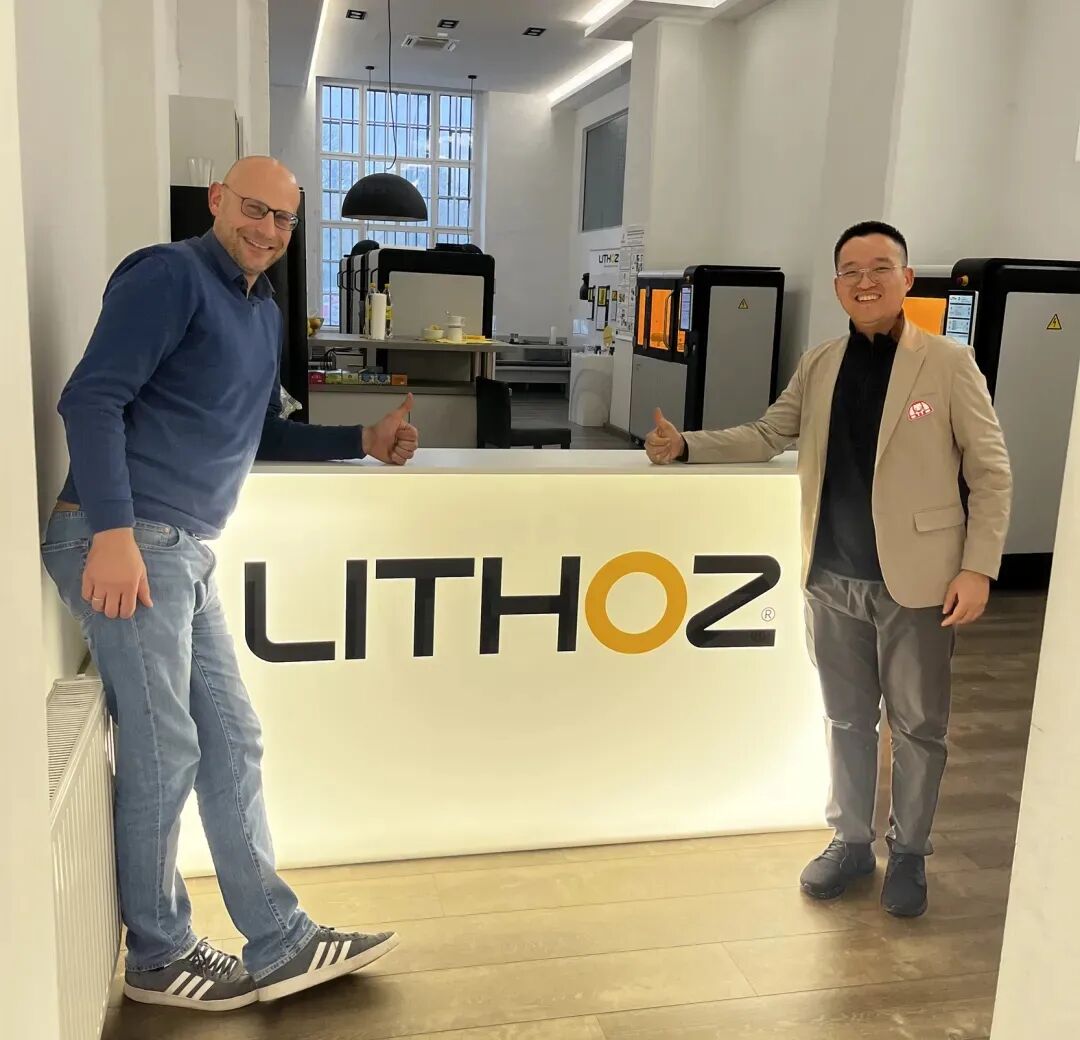
Dr. Johannes Homa, co-founder and CEO of △Lithoz (left), and Li Haixiong, co-founder of Nanjixiong (right).
About Litao Intelligent Technology Company
Litoz is a global leader in high-performance ceramic materials and 3D printing technology. Founded in 2011, the company is dedicated to breaking the technological boundaries of ceramic manufacturing, helping customers expand manufacturing opportunities in the ceramics industry. Nearly 100% of Litoz's exports are international, with approximately 100 employees worldwide and four different offices and production bases. Since 2016, Litoz has also obtained ISO 9001:2015 quality management system certification and holds ISO 13485 medical device quality management system certification.
Litao Zhi is one of the first foreign ceramic 3D printing manufacturers to establish a presence in China, with its business covering the entire industry chain from academia to manufacturing. Establish a subsidiary in Shanghai, gradually expanding.Establish an application center in the China team to strengthen cooperation with local customers.
【Copyright and Disclaimer】The above information is collected and organized by PlastMatch. The copyright belongs to the original author. This article is reprinted for the purpose of providing more information, and it does not imply that PlastMatch endorses the views expressed in the article or guarantees its accuracy. If there are any errors in the source attribution or if your legitimate rights have been infringed, please contact us, and we will promptly correct or remove the content. If other media, websites, or individuals use the aforementioned content, they must clearly indicate the original source and origin of the work and assume legal responsibility on their own.
Most Popular
-

BASF Signs Another Giant: Covestro Already Set Up, Just Missing Wanhua Chemical?
-

Clariant Unveils Cost-Cutting Plan Details, Plans to Shut Down Multiple Plants
-

Clariant Plans to Shut Down Multiple Plants! Wingtech Releases Latest Statement! Oriental Yuhong Acquires Stake in Brazilian Company
-

U.S. Appeals Court Officially Rules: Trump Tariff Unlawful and Void!
-

ExxonMobil Plans to Close UK Ethylene Plant; GPI's Revenue & Profit Both Decline! Haitian's Serbia Base Enters Mass Production






